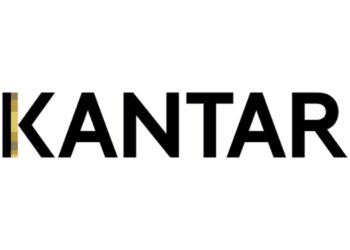Mumbai: Market research firm Nielsen has yet again attracted the ire of Chief executive officers of FMCG companies for an inaccurate measure of current growth in consumption.
Nielsen data suggests the industry is experiencing a strong revival now, compared to last year which witnessed the slowest growth in a decade. It estimates that FMCG sales grew 11.8% in the first nine months of this calendar year compared to the 6.8% growth the industry experienced during the same months of 2014.
However, the CEOs of FMCG companies dismiss these estimates as faulty. The market researcher is overestimating growth and is not capturing pricecuts accurately, they argue. “There are no signs of improvement and the market is not supporting demand revival,” said Sunil Duggal, CEO of Dabur.
“We are well into the festive season and two weeks away from Diwali, but there’s no visible uptick in consumption. The outlook continues to look challenging,” he added.
“Our sense is that demand revival is still a few quarters away,” the chairman of another leading foods maker said. “Nielsen is over reporting growth.”
Dabur on Wednesday, reported a 5% domestic volume growth during the quarter ended September, but managed an 18.7% increase in consolidated net profit to Rs 341 crore.
During the same period, HUL, Dabur and Jyothy Laboratories all reported sales growth that was substantially lower than the previous year. Godrej Consumer Products, with a slight improvement in revenue growth, was the only exception. Other companies are yet to announce their last quarter results.
A fortnight ago, HUL’s CEO Sanjiv Mehta had said that Nielsen has failed to capture sales trend accurately for a year now. It is still showing price inflation when most companies are taking price cuts to post higher volume growth, not value growth, he had argued.
Nielsen though is singing a different tune. “2015 has seen revival of conspicuous consumption. Positive macro environment, lower inflation and consumer confidence is leading to improved consumption across all key FMCG categories,” Vijay Udasi, senior VP, Nielsen India said. Nielsen said price growth rose 3.9% during last nine months ended September compared to 4.7% last year. However, companies including HUL, Procter & Gamble and Nestle have all taken average 10% price-cuts on most products from detergents and shampoo to dairy after commodity (crude oil and LAB) prices declined by 20- 50%. This, in turn, boosted growth for companies such as HUL and Godrej Consumers that saw last quarter performance entirely driven by volume growth.
Consumer goods companies and Nielsen have had a love-hate relationship since more than five years, after HUL first disputed its data in 2009 when Nielsen contradicted the consumer product maker’s internal estimates as well as data from other research firms. Yet, most companies use their data regularly during presentations, especially when it shows an increased market share for their brands.
But some are hopeful. “We remain optimistic that as the economy improves, the FMCG sector should see a gradual uptick in demand,” said Adi Godrej, chairman, Godrej Group, after reporting 9% increase in sales for the domestic market. The growth was entirely volume-led.
Stock market analysts are enthused by growing sales, but they are trimming their profit estimates due to price-cuts. Still, the MSCI India Consumer Staples Index is currently trading at a 12-month forward price-to-earning ratio of 32.5x, a.29% premium to its 10 year average.
“Despite sturdy commodity tailwind benefits, the sector’s margin expansion has not been striking. These elevated valuations warrant our cautious stance,” said Nitin Mathur, an analyst at French financial services firm Societe Generale.

















